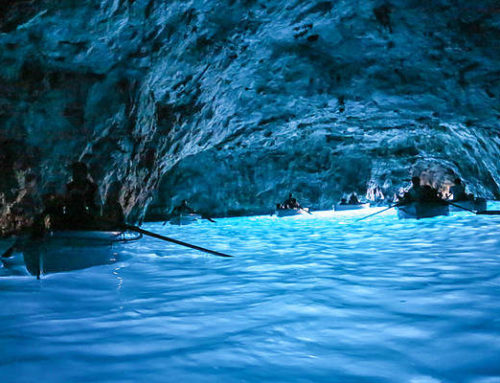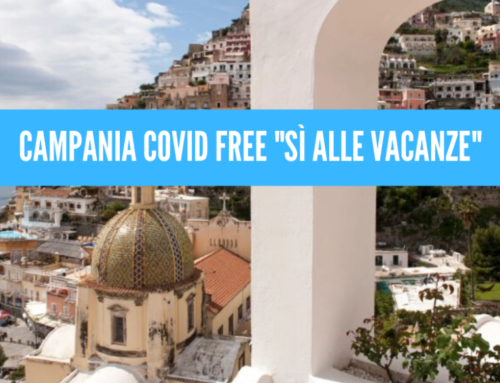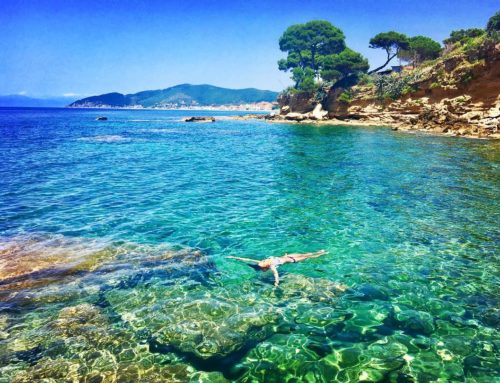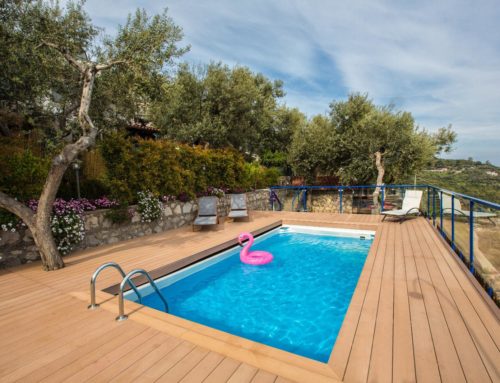Vesuvius, from vulcano to teacher of life for the Neapolitans
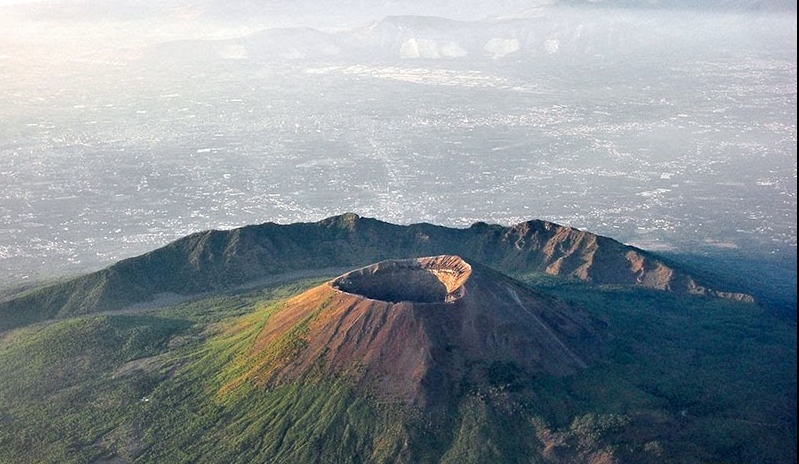
Vesuvius is the most famous volcano of the earth and is also the only active continental Europe.
It is a typical example of fence volcano consisting of an outer cone, Mount Somma (1133 meters), with crater wall, mostly demolished, within which is a smaller cone of Vesuvius (1281 meters), separated from a valley called Valle del Gigante, part of the ancient caldera where subsequently, probably during the eruption in 79 AD, was formed the Great Cone, or Vesuvius. Therefore, Vesuvius is the son of the eruption of Mount Somma.
In turn, Valle del Gigante is divided into so-called “Atrio del Cavallo” to the west and in the Hell Valley to the east.
All areas on mountain slopes are considered to be formed by land transported by lava of mud and piles of lava waste, which precipitated in incandescent state and spread towards the lower slopes, have made the earth at the foot of Vesuvius particularly fertile, silicon rich and potassium, precious elements for vegetation.
Despite being among the most dangerous in the world, “the relationship between Naples and Vesuvius is a daily dialogue. It is not a volcano, is a family member. Every Neapolitan in a time of the day look at that and think. Think well if you do not know who is thinking. It is also an involuntary relationship of unspoken words, a telepathy of emotions.
On colder days, walking along the edge of the crater, keeping our gaze towards the sea, it captures the whole extent of the southern part of the volcano and, in clear days with good visibility, we are witnessing a breathtaking view across the Gulf Naples from Sorrento peninsula to Cape Miseno, Procida and Ischia are right there at your feet.
C.G.

